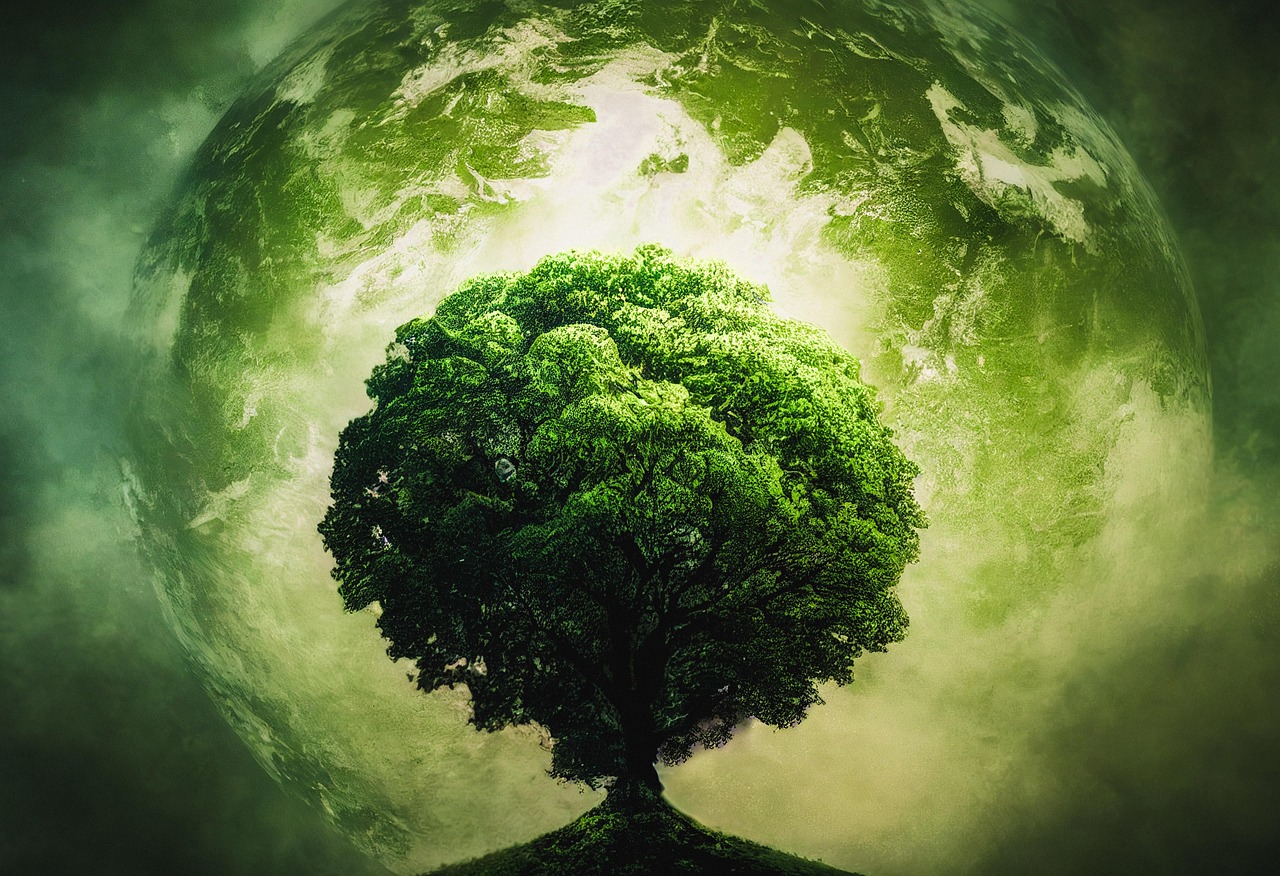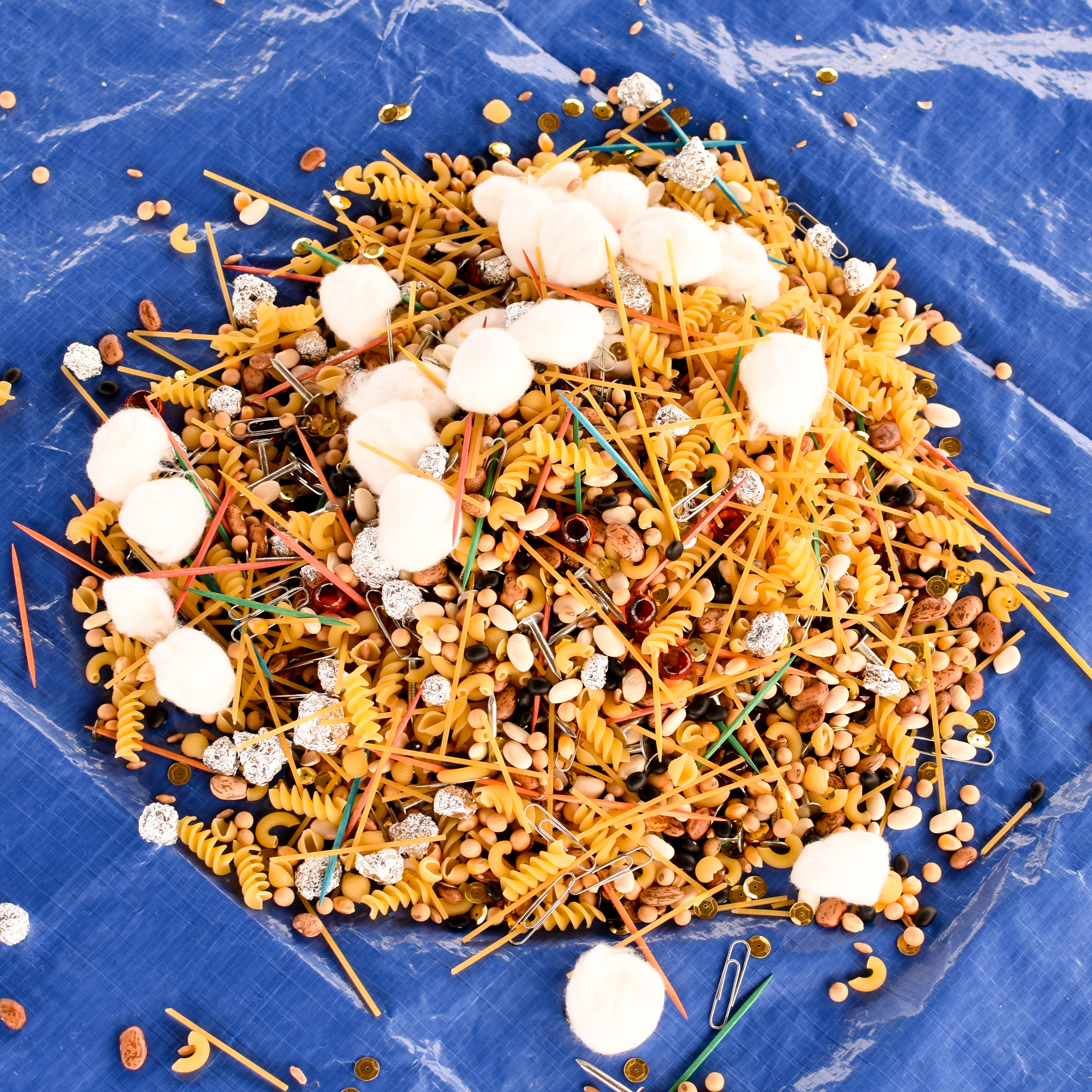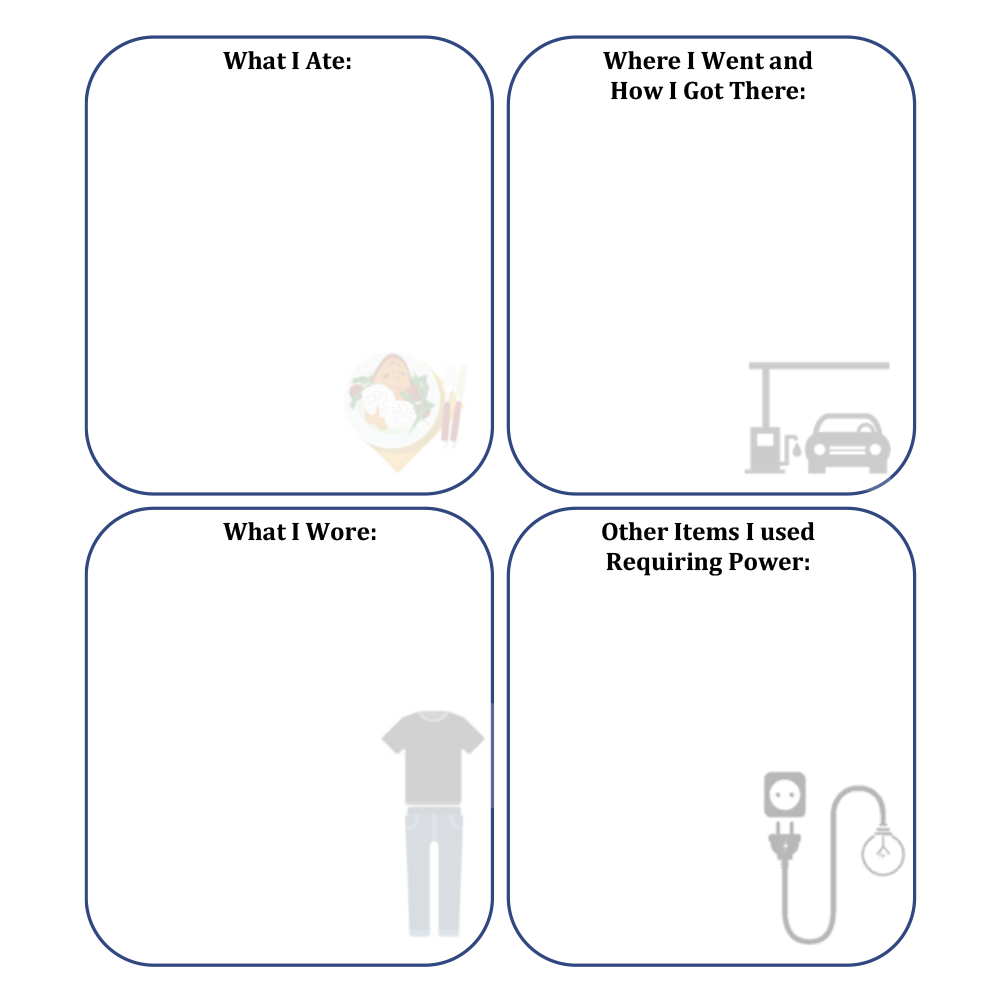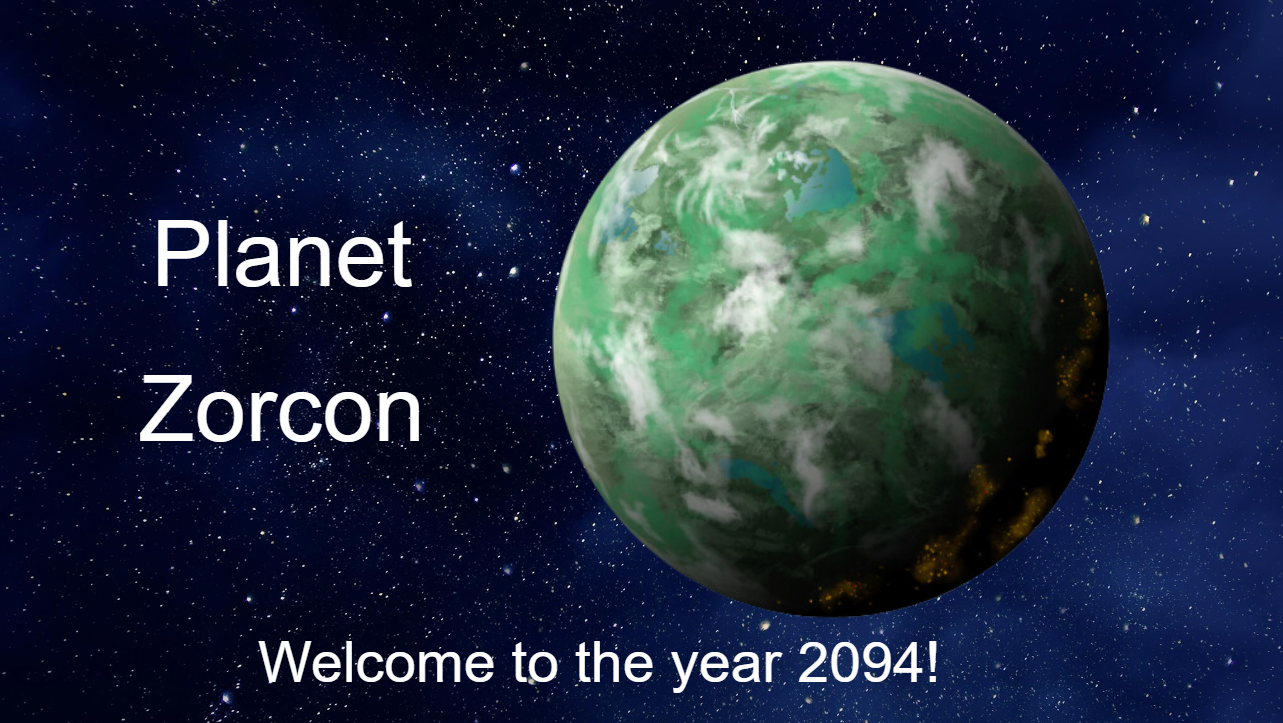The things we use every day come from the earth. Nearly all of our daily activities use some kind of resource that is grown on a farm, harvested from the wild, mined, or extracted from deep below the soil. You may awaken in the morning on sheets made of cotton, under a blanket made of wool or synthetic polyester. Cotton is grown on a farm, wool comes from sheep raised on a farm, and synthetic polyester, like most plastics, is made from petroleum, which is extracted from the earth. The soap you use in the shower might contain cottonseed oil, while the tile, metal, and glass are made from mined materials. Wallpaper can be adhered to the wall using wheat paste, and paint contains compounds from trees. The linoleum on the floor is made from soybean oil, the wood flooring came from trees, and the nails holding it together are made from materials that were mined from the earth. The electricity powering the lights may come from water running through a hydroelectric dam or from coal burned at a power plant. It’s difficult to imagine what our lives would be like without the natural resources that provide us with electricity, materials for the everyday items we use, and food to nourish our bodies.
It can be an eye-opening experience to consider the resources that one uses in a single day, especially considering that some resources are nonrenewable. Nonrenewable resources cannot be replaced within a generation, so once they are gone, we have to make do without them. Fossil fuels and soil are two important nonrenewable resources. Both are formed very slowly by natural processes and both play central roles in our lives. While the act of using fossil fuels depletes the supply, this is not necessarily the case with soils, which can be managed for long-term use. Erosion destroys topsoil, but good management can prevent erosion.
Soil that is managed well can support many years of cropping. Crops are a renewable resource because they can be managed for replenish themselves regularly. For example, a tree farm can be managed so that some trees are ready for harvest each year. After trees are cut down to be turned into paper or lumber, more trees are planted that will renew the supply several years in the future. Crops like wheat and corn are planted and harvested within a single growing season, so they can be used up and then renewed each year.
Some resources are considered inexhaustible, meaning that human activities will not affect the supply; they can last forever. Sunlight, water, and air are examples of inexhaustible resources. People cannot destroy these resources or create more of them, but we can affect their quality. Pollution can render air unbreathable and water undrinkable. Because we depend on natural resources to survive, it is important that we use them carefully. There are many careers in the field of natural resource management that seek to maintain the quality and productivity of earth’s resources.
Whether a resource is nonrenewable, renewable, or inexhaustible it needs to be managed to the best of our knowledge to maintain the sustainability of the resources we need to survive. The tragedy of the commons is a term used in social science to describe a situation in a shared-resource system where individual users act independently according to their own self-interest and behave contrary to the common good of all users. The result depletes or spoils the resource.





